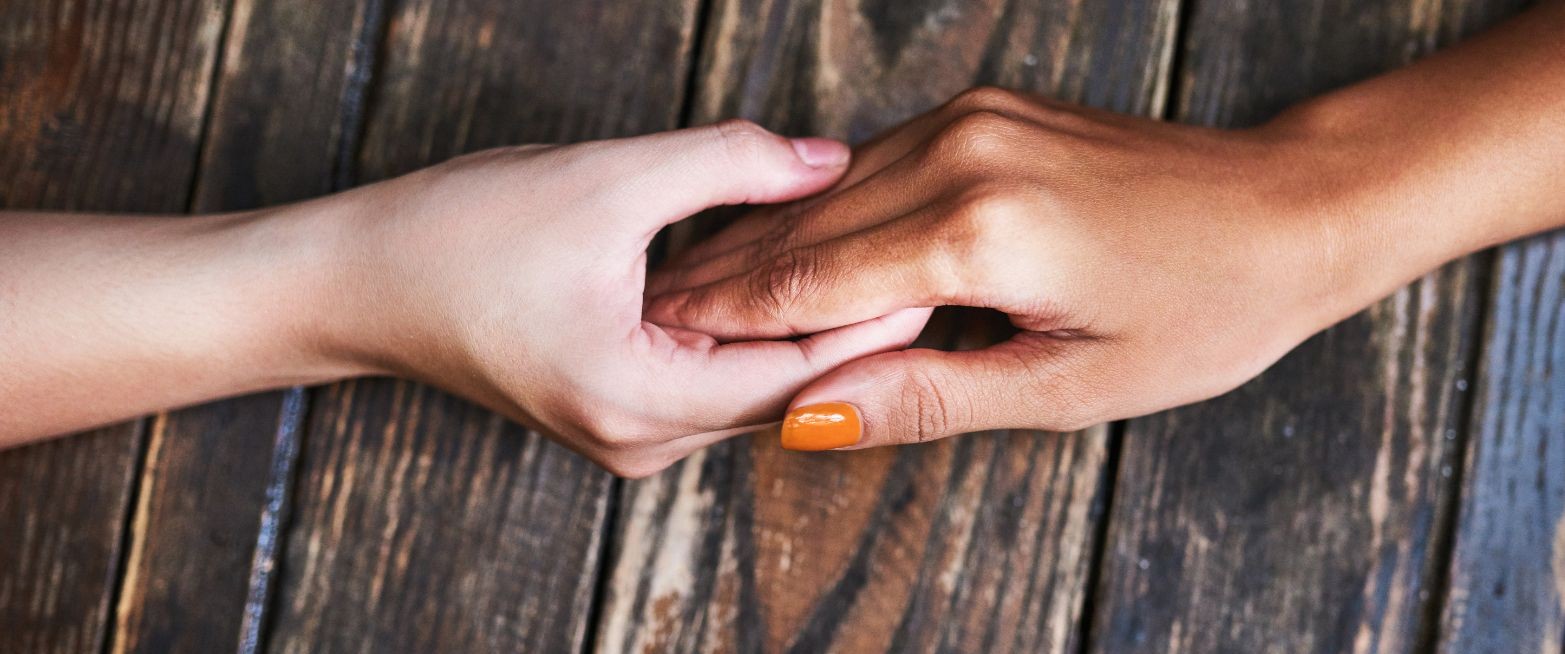By Zamie Ayo
In a world increasingly fragmented by economic inequality, political unrest, and male dominated, one quiet yet powerful force is rising the economics of sisterhood. From neighborhood cooperatives to international digital alliances, female friendships are not just emotional support systems they’re economic engines, capable of fueling change, fostering resilience, and reshaping the global economy from the bottom up.
Sisterhood as a Form of Economic Resistance
Throughout history, women have formed informal networks to navigate a world that was not designed for them. Today, in the face of persistent gender pay gaps, financial exclusion, and global crises like climate change and conflict, these friendships are transforming into economic lifelines. Whether through rural savings cooperatives in East Africa, women-led cooperatives in Latin America, or urban freelance networks in Europe and Asia, female alliances are building informal economies rooted in trust, cooperation, and shared survival.
This isn’t charity; it’s rebellion.
These bonds are a form of economic resistance a refusal to be sidelined by a system that often fails to recognize women’s labor, both paid and unpaid. Friendship has become a tool of resistance, challenging the status quo by building community wealth outside traditional capitalist frameworks.
Global Case Studies: Women Supporting Women Across Borders
In Nigeria, thousands of women participate in esusu savings schemes rotational thrift systems where friends contribute funds and take turns collecting the total. These groups have evolved into investment clubs, real estate syndicates, and small business incubators. At the heart of them? Friendship.
In India, the Self Employed Women’s Association (SEWA) supports over 1.5 million informal women workers largely connected through kinship, community and trust to access credit, training, and collective bargaining power.
Online, women across the globe are bypassing banks and bureaucracies by supporting each other through platforms like Herconomy, Kiva, or informal WhatsApp investment clubs. They lend each other money, share job leads, review business plans, and collaborate on cross-border enterprises.
These alliances are not just about survival they are about ownership, influence, and creating an economy rooted in solidarity, not exploitation.
Friendship as Infrastructure
What sets women’s economic alliances apart is the emotional currency of trust, care, and reciprocity. Unlike rigid corporate structures, female-led networks are flexible, often fluid, and deeply responsive to the lived realities of their members. They allow women to show up whole not just as professionals, but as caregivers, mothers, leaders, and survivors.
This adaptability is critical in the face of global volatility. From pandemic disruptions to conflicts in Sudan, Gaza, and Ukraine, female friendships are serving as underground infrastructure, organizing shelter, relief, job referrals, and mental health support.
In fact, friendship is becoming a parallel institution where banks won’t lend, friends will. Where systems ignore, women listen. Where governments fail, sisters step in.
Community Wealth: A New Economic Model
The idea of “community wealth” where value is generated, shared, and retained locally through cooperative ownership and mutual aid is flourishing wherever women collaborate. Think of women-led farming collectives, textile groups, wellness circles, and co-owned digital platforms.
These models don’t just redistribute wealth; they redefine it. Wealth becomes more than money. It’s knowledge, access, safety, time, and the freedom to choose your future.
By nurturing these economies of friendship, women are not just helping each other they’re reshaping what power looks like, shifting it from the few to the many.
Cross-Border Power: A New Global Sisterhood
The rise of the internet and digital finance means friendships are no longer bound by geography. A Nigerian fashion entrepreneur can collaborate with a graphic designer in Kenya and ship to a buyer in Canada, all through networks of sisterhood formed in Facebook groups, WhatsApp circles, and digital incubators.
Social movements like #MeToo, #BringBackOurGirls, and #EndSARS weren’t just hashtags. They were calls to arms that united women globally.
These movements prove that when women connect emotionally, they act economically. They buy from each other. They fundraise. They build platforms. They create demand for change.
Conclusion: Friendship as the New Currency of Power
On International Day of Friendship and World Population Day, we are reminded that the future will be shaped not just by institutions or policies but by people. And at the heart of people-powered change are female friendships that are intelligent, intentional, and rebellious.
In a world that seeks to divide women by class, by color, by culture friendship is resistance. Sisterhood is economic power.
The global economy just hasn’t realized it yet.







